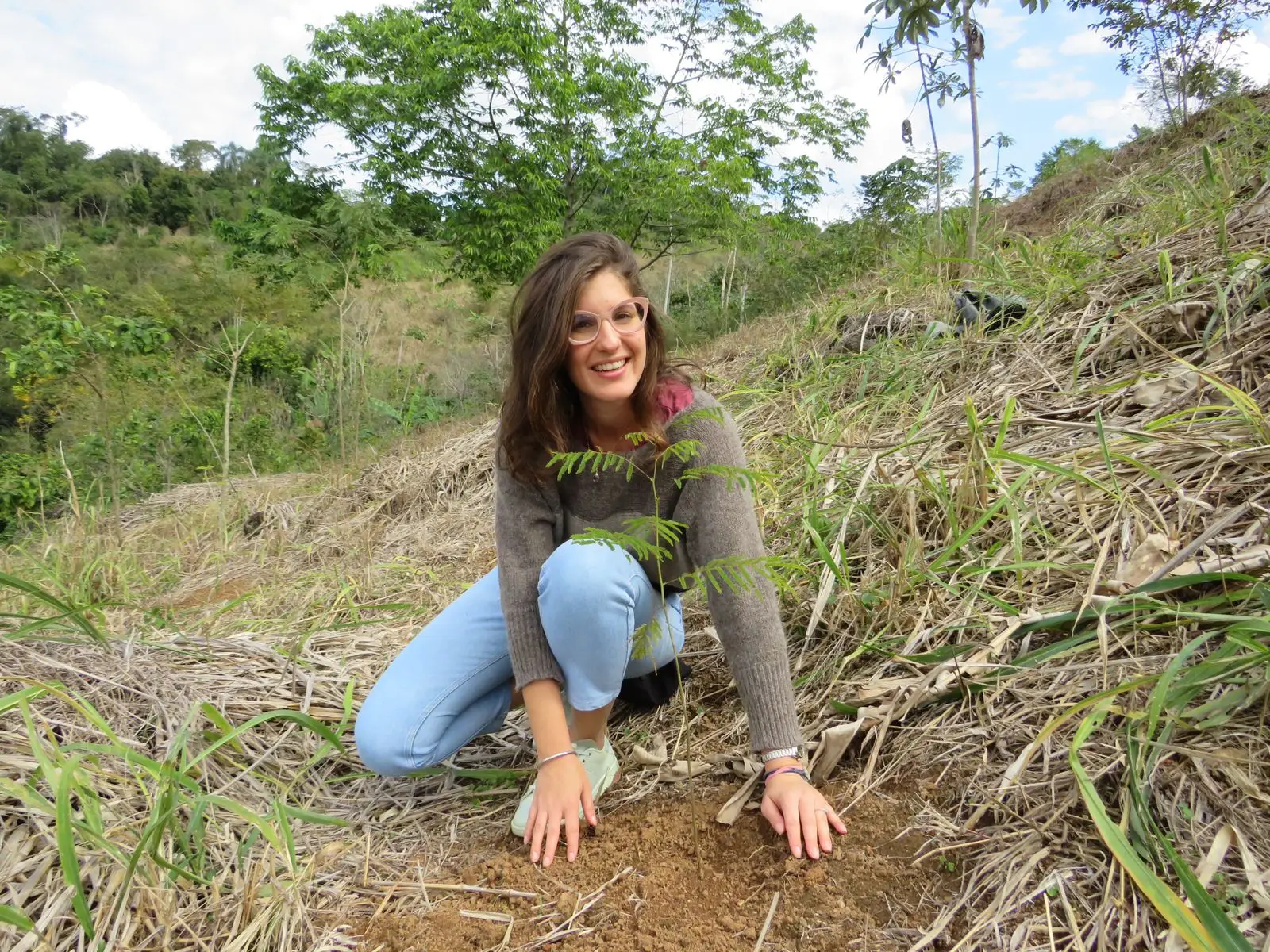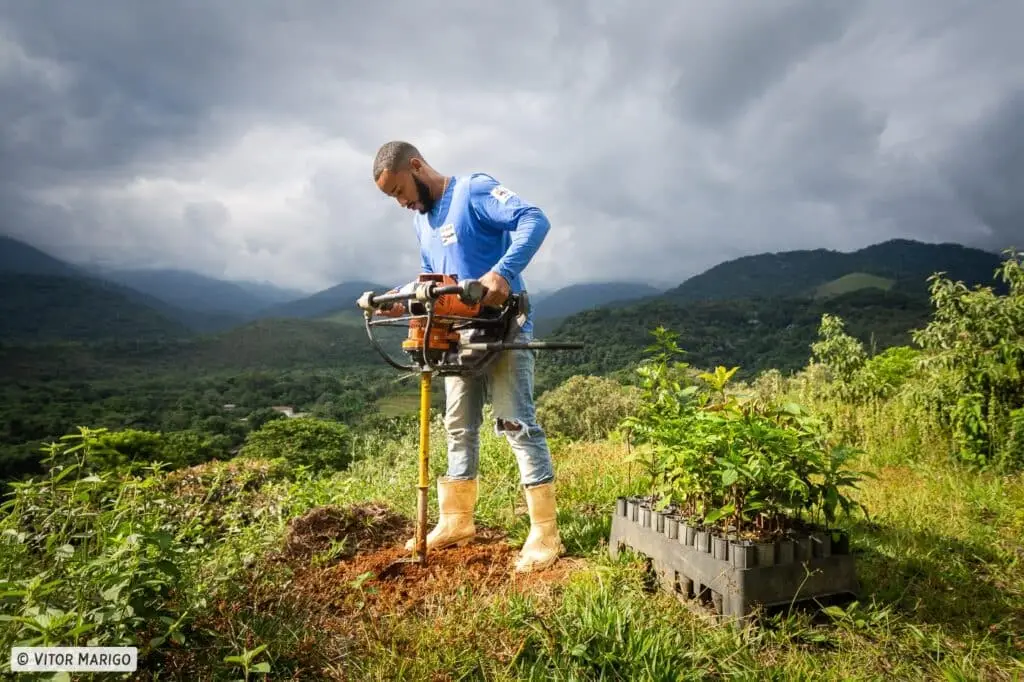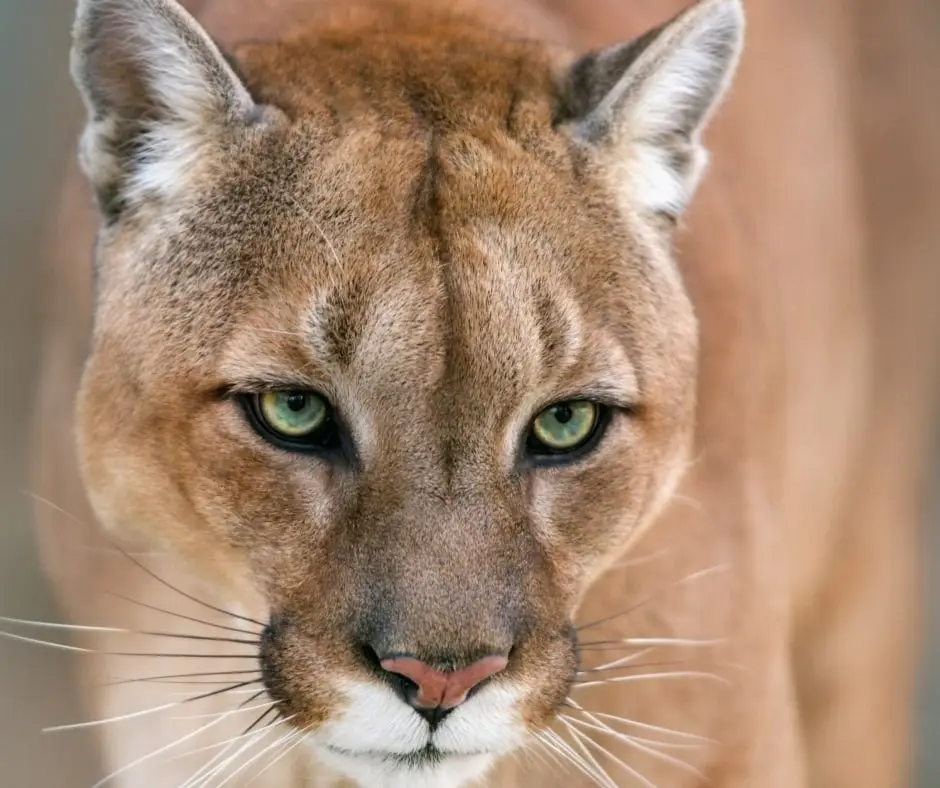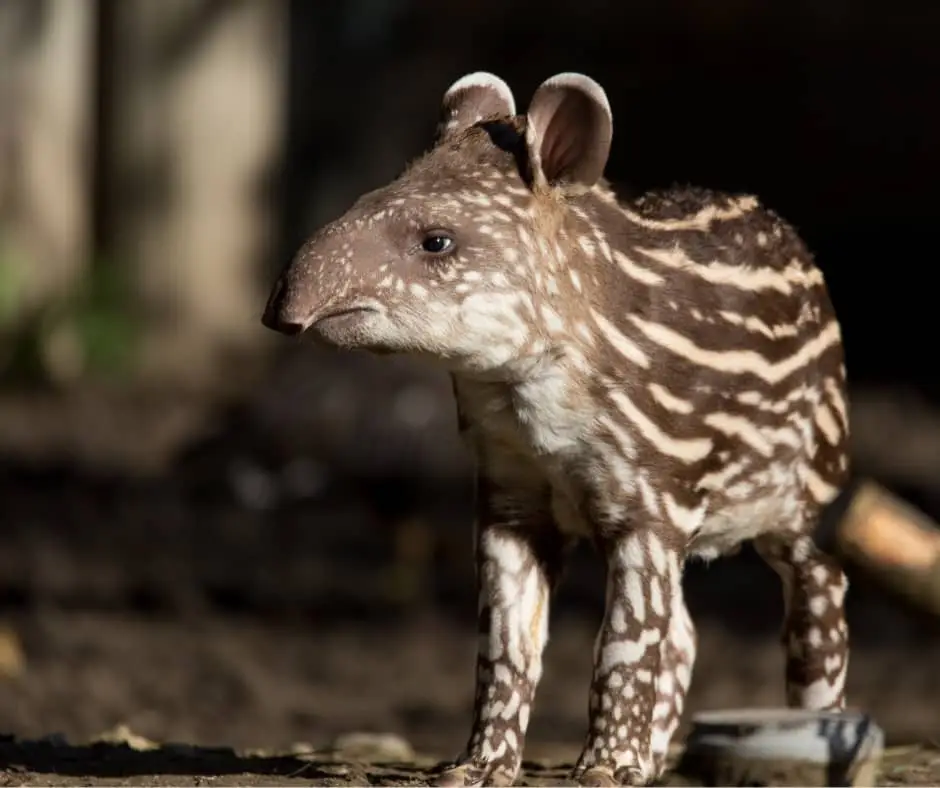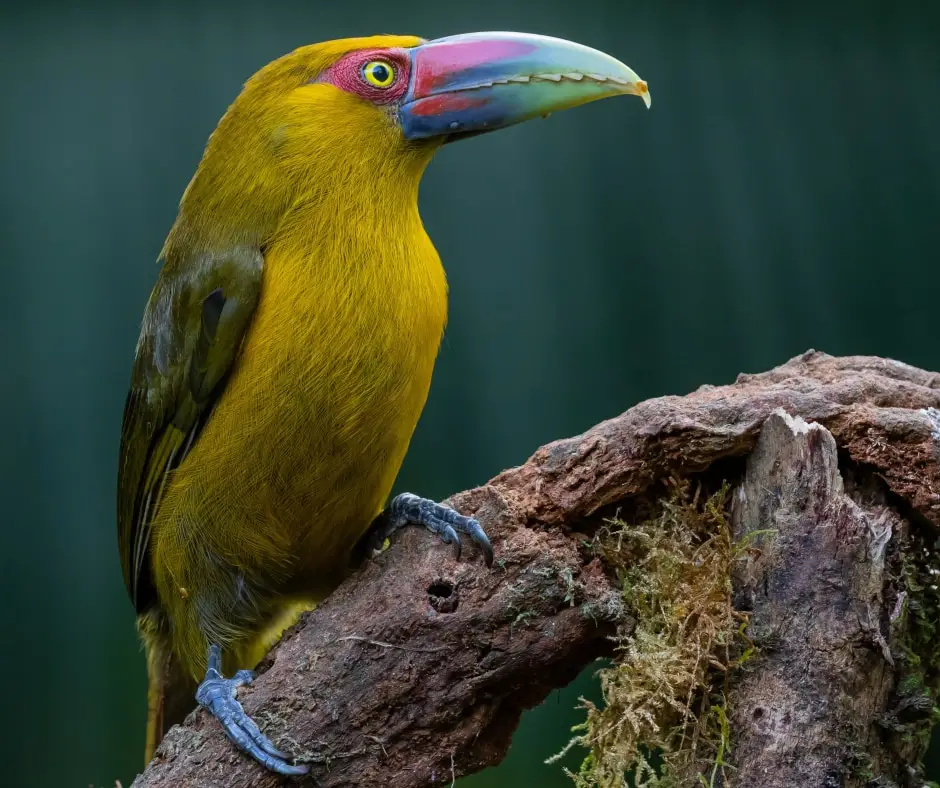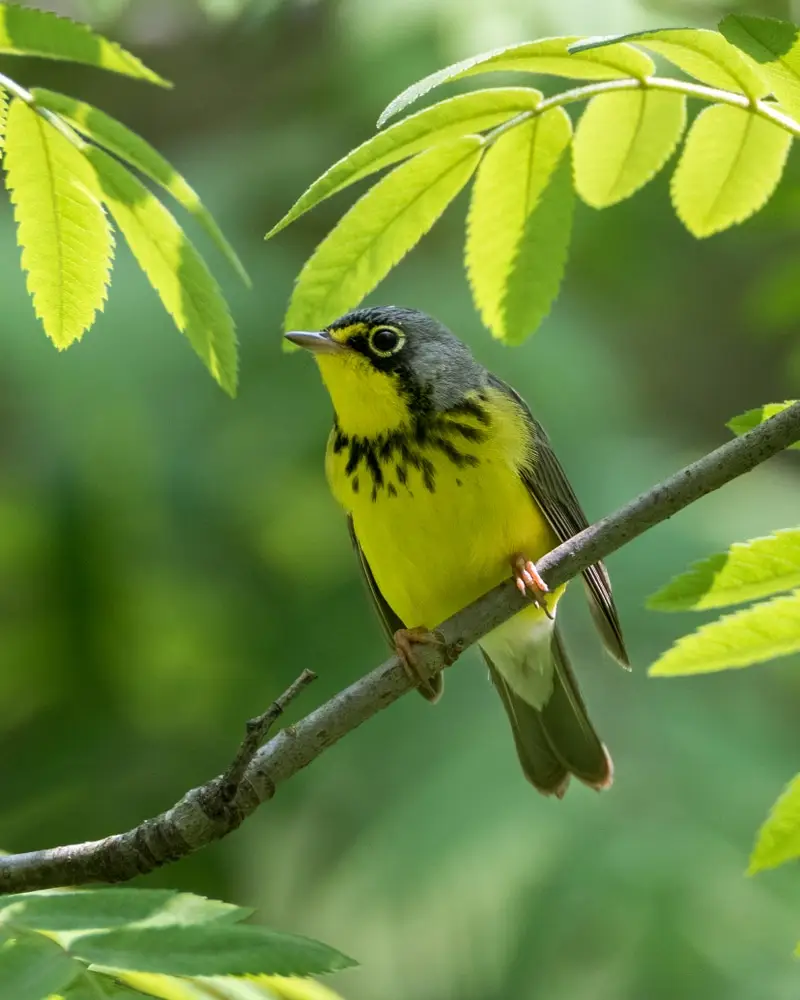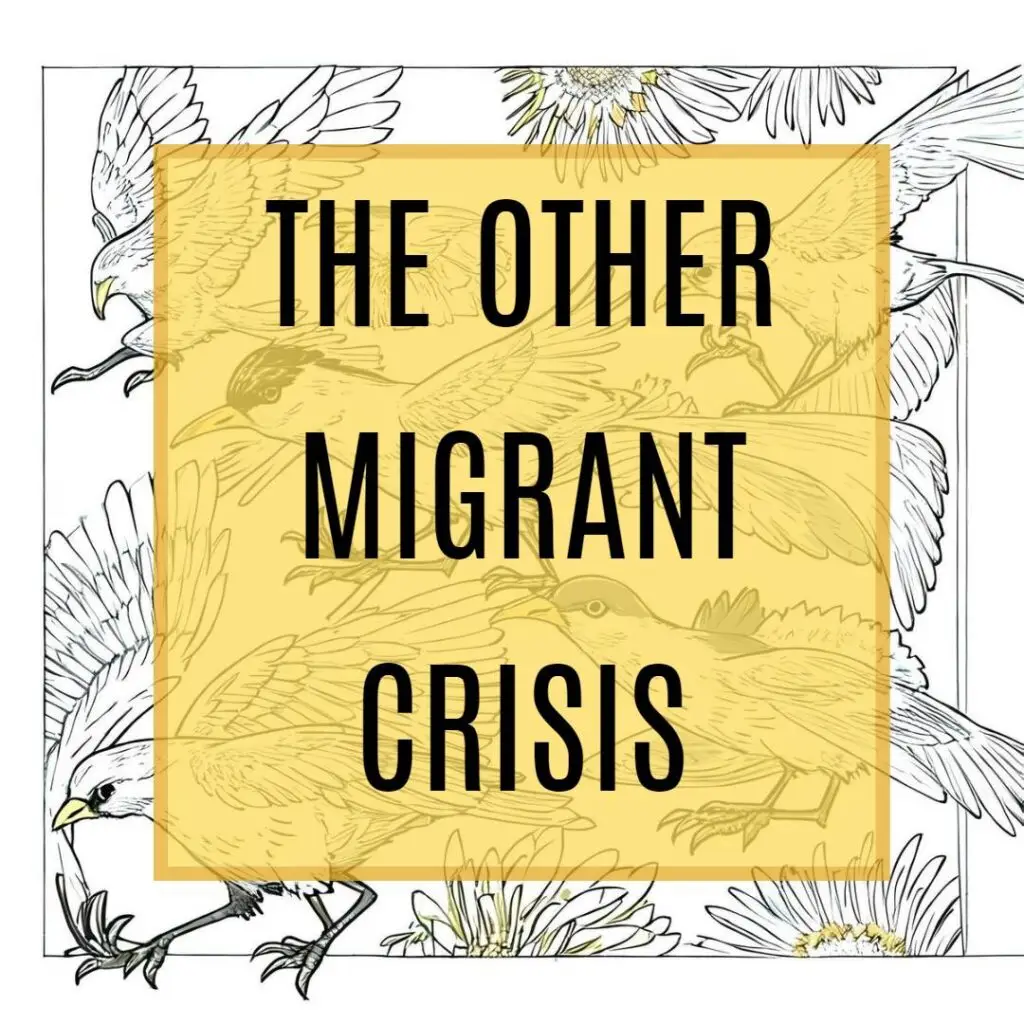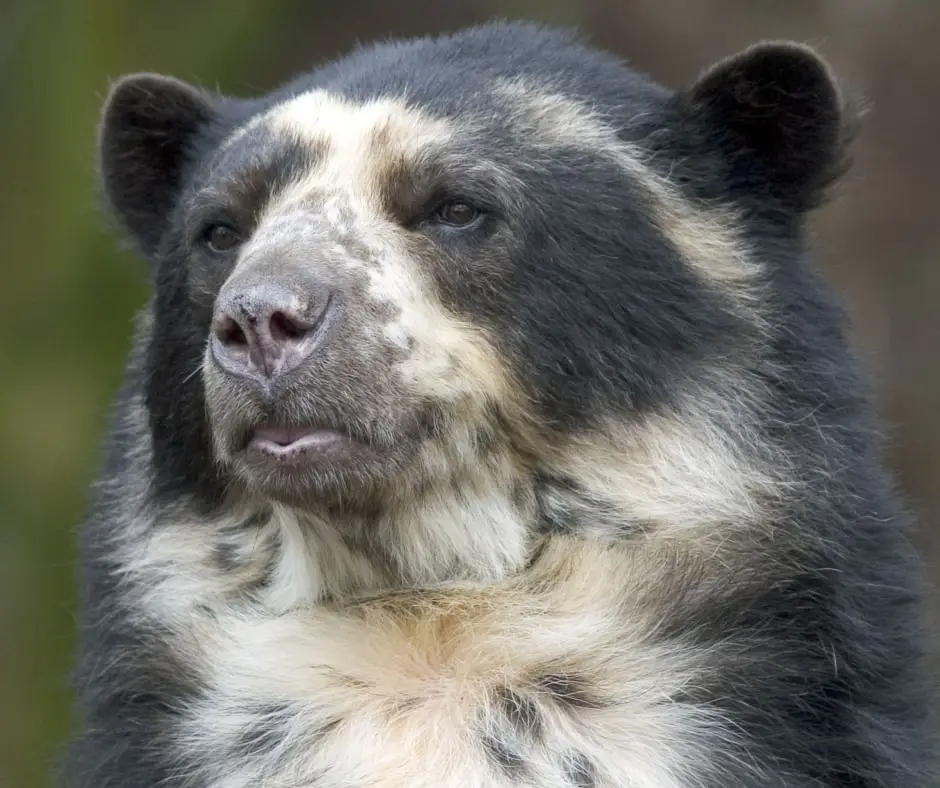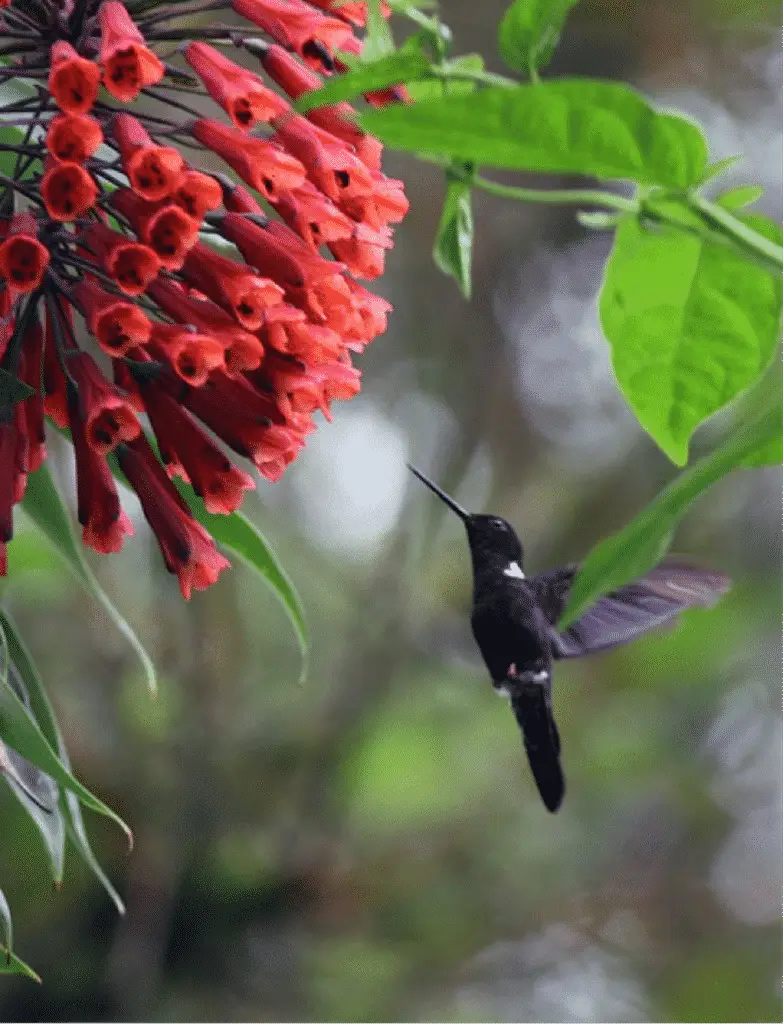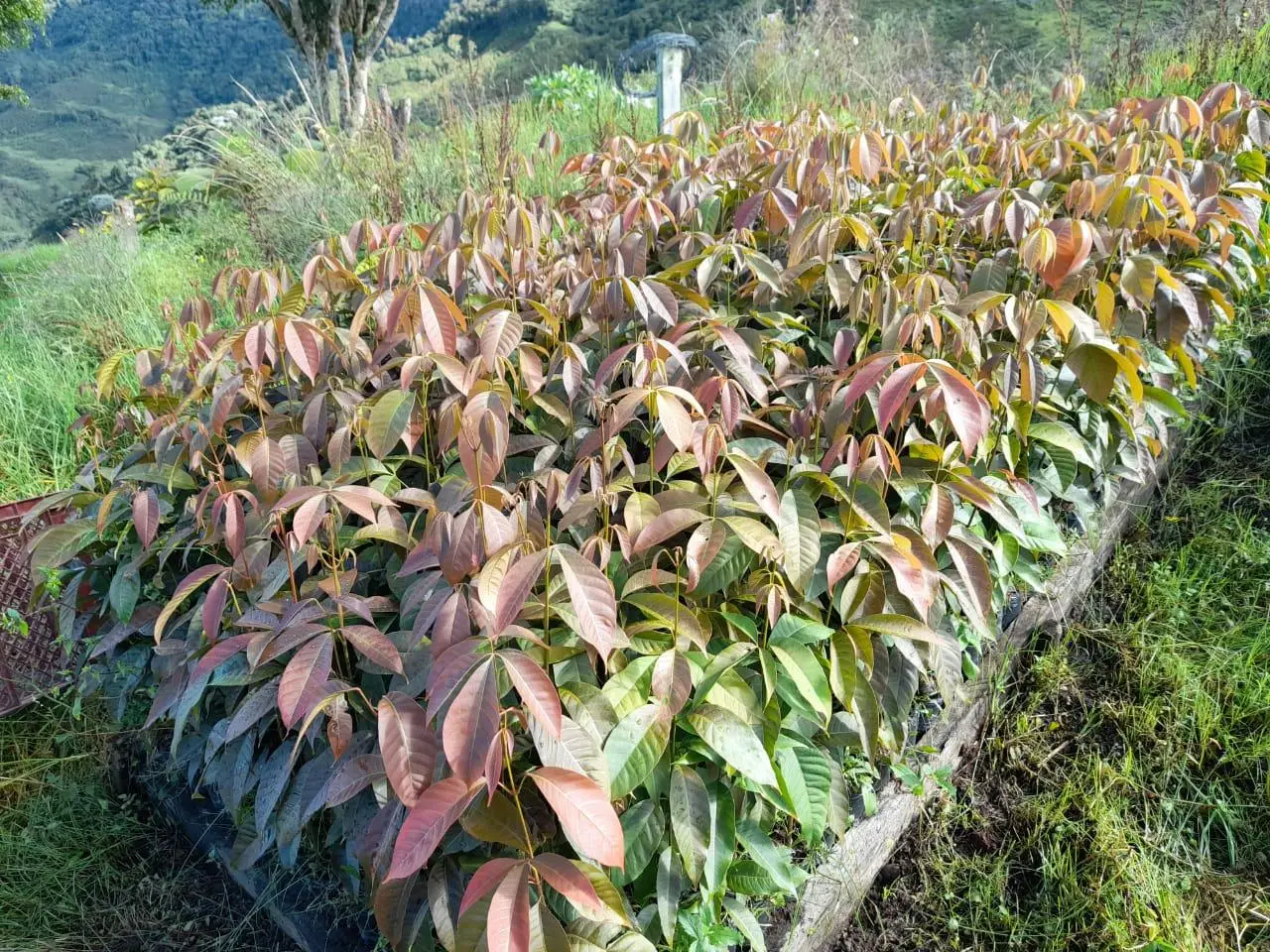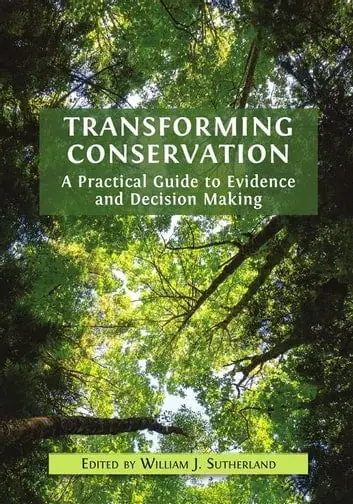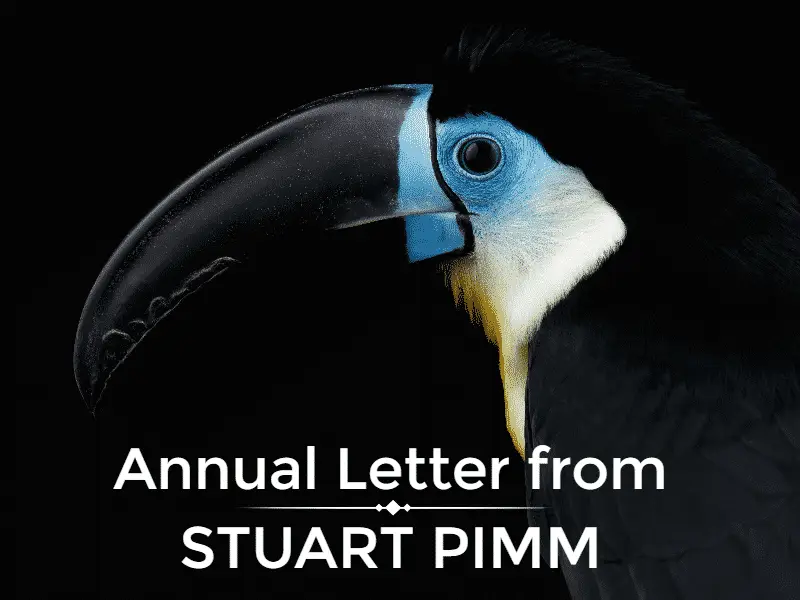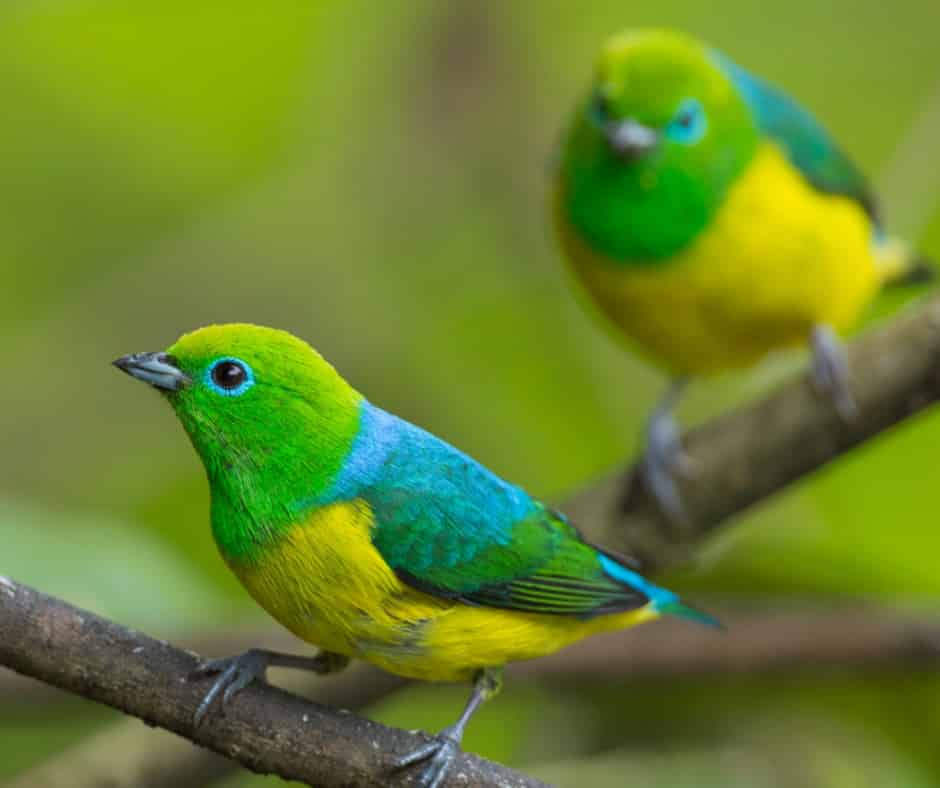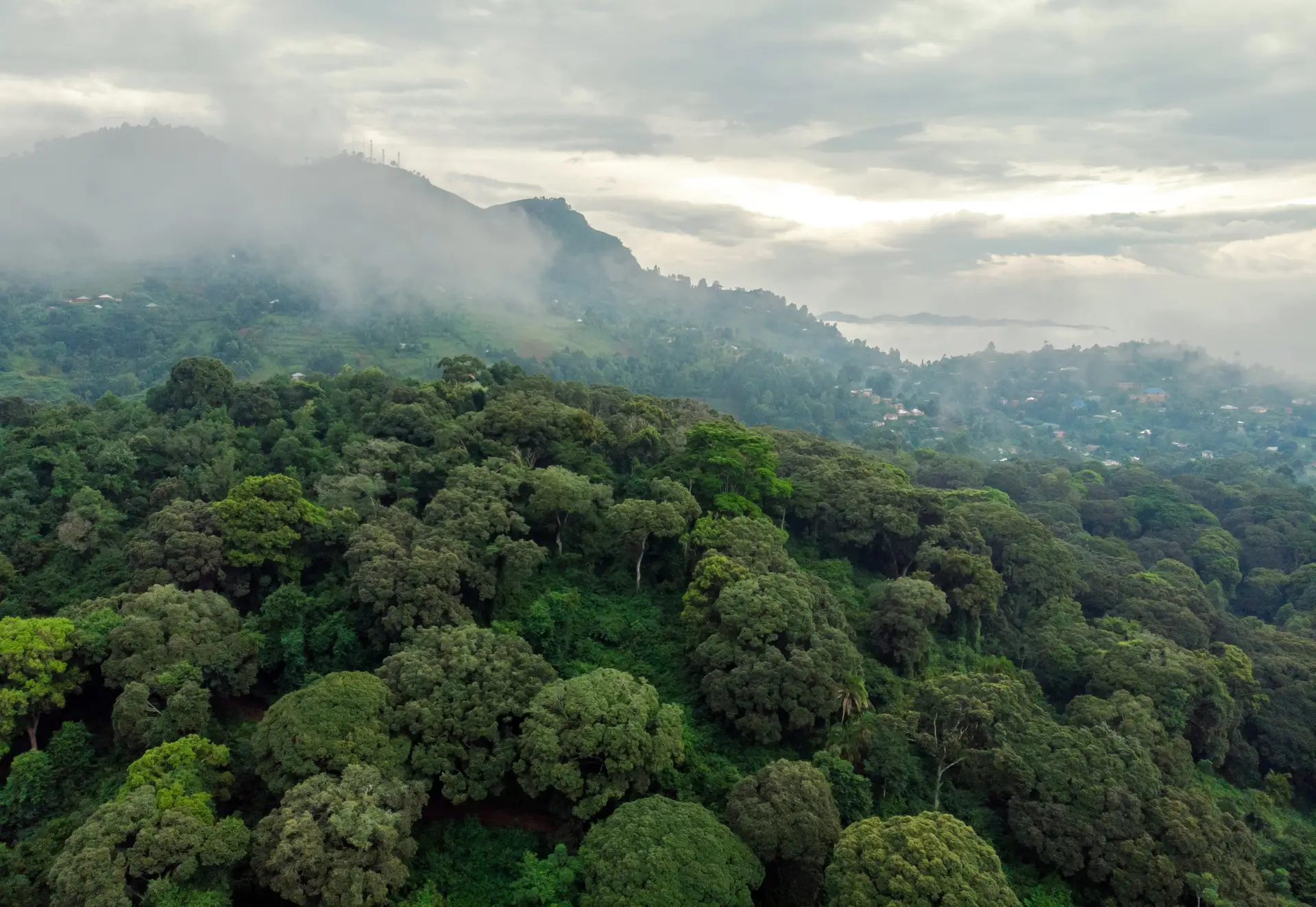Panama’s Darién Gap: An Urgent Plea to Stop Deforestation
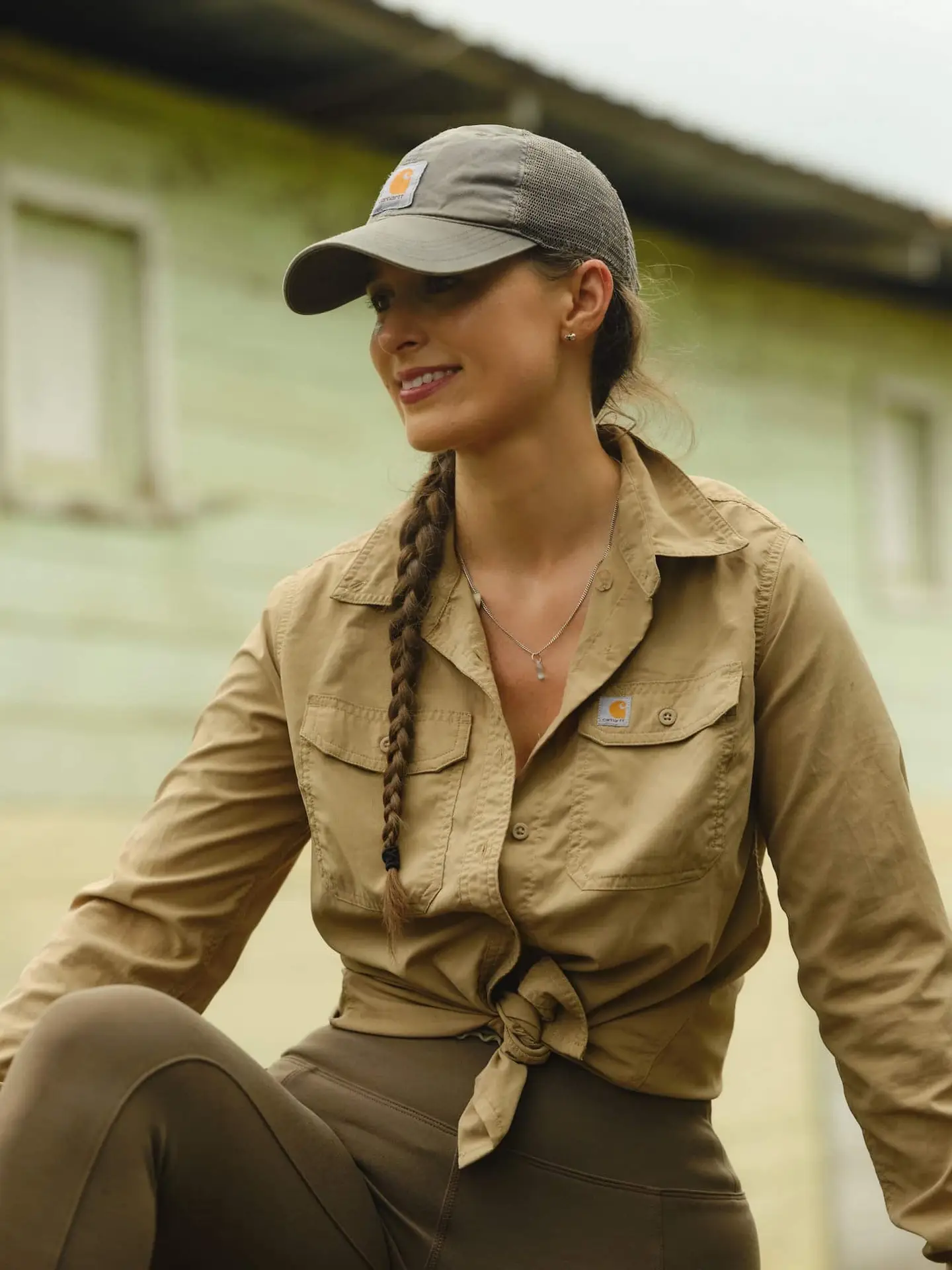
Panama's Darién Gap: An Urgent Plea for Conservation
Veronika Perková, Journalist & Host of the podcast Nature Solutionaries sits down with Alexandra Climent, founder of Endangered Rainforest Rescue to talk about her dedication to saving Panama’s Darien Gap.
Conservationist and artist Alexandra Climent has dedicated her life to protecting Panama’s Darién Gap, one of the most biodiverse and unexplored regions on Earth. Working alongside indigenous communities, she’s reforesting degraded land and creating a 5,000-hectare wildlife corridor.
In a recent interview with Veronika Perkova, Alexandra shares her passion and vision for this endangered paradise. Learn how you can support her efforts to restore this vital ecosystem and contribute to the fight against climate change.
There aren’t many places on Earth you can call unexplored. The Darién Gap in Panama is one of them. This mountainous, densely forested region, often traversed by refugees migrating from Central to North America, is as wild and dangerous as it is breathtaking. Here, survival depends solely on you—there are no roads, shops, or hospitals. Yet this remote corner of the world is a biodiversity treasure, boasting more biodiversity per square foot than the Amazon and home to one of the highest carbon stocks on the planet.
The Darién Gap is also a conservation battleground. Fast-paced deforestation and habitat fragmentation are threatening its fragile ecosystems. That’s where Alexandra Climent comes in. A grassroots environmentalist and artist, Alexandra has made this wild and treacherous landscape her life’s work. Collaborating with indigenous communities, she has been working tirelessly to reforest degraded land with native trees, aiming to create a 5,000-hectare forest corridor that will connect protected areas, restore wildlife habitats, and serve as an essential carbon sink.
Meet Alexandra Climent: Artist, Conservationist, and Founder of Endangered Rainforest Rescue
Alexandra’s journey to the Darién Gap began unexpectedly. As a college student in New York, she took a part-time job at a wood construction company to help pay for her studies. What started as a simple job turned into a lifelong passion for tropical wood, eventually leading Alexandra to South America, where she spent seven years working with indigenous communities to collect fallen wood and transform it into beautiful furniture and sculptures.
But as she journeyed deeper into the rainforests, she witnessed their rapid disappearance. This heartbreak transformed her focus. Instead of merely creating art from the forest, she turned her efforts toward protecting it.
Today, Alexandra is dedicated to reforesting the Darién Gap with native trees, working alongside indigenous communities to restore what has been lost. Her goal is bold but achievable: to create a 5,000-hectare wildlife corridor that will reconnect fragmented forests, protect vital habitats, and secure a future for the region’s rich biodiversity.
“What’s really cool about protecting this area is that unlike the Amazon, the Darién Gap is rather tiny but it has such a big impact locally and globally. We can protect this place. It is a tangible goal,” says Alexandra, who has recently teamed up with Saving Nature to push this mission forward.
Saving this unique ecosystem is more than an environmental cause—it’s a global imperative.
Protecting the Darién Gap isn’t just about saving an isolated piece of land. It’s about safeguarding one of the last untouched forests in the world—one that plays a vital role in the fight against climate change. The forest’s rich carbon stocks help mitigate global warming, while its wildlife corridors allow species to migrate safely, avoiding the perils of deforestation and human encroachment.
Get Involved
You have the chance to be part of this incredible mission. By donating to Saving Nature, you’re directly contributing to the reforestation of the Darién Gap, helping Alexandra and her team buy up degraded land and plant native trees that will breathe life back into the forest.
Want to hear more about Alexandra’s inspiring journey?
Tune into the latest podcast interview with Veronika Perkova to learn about Alexandra’s passion, challenges, and vision for the future of the Darién Gap. Together, we can protect the Bridge of the Americas and ensure that its beauty, biodiversity, and ecological importance endure for generations to come.

